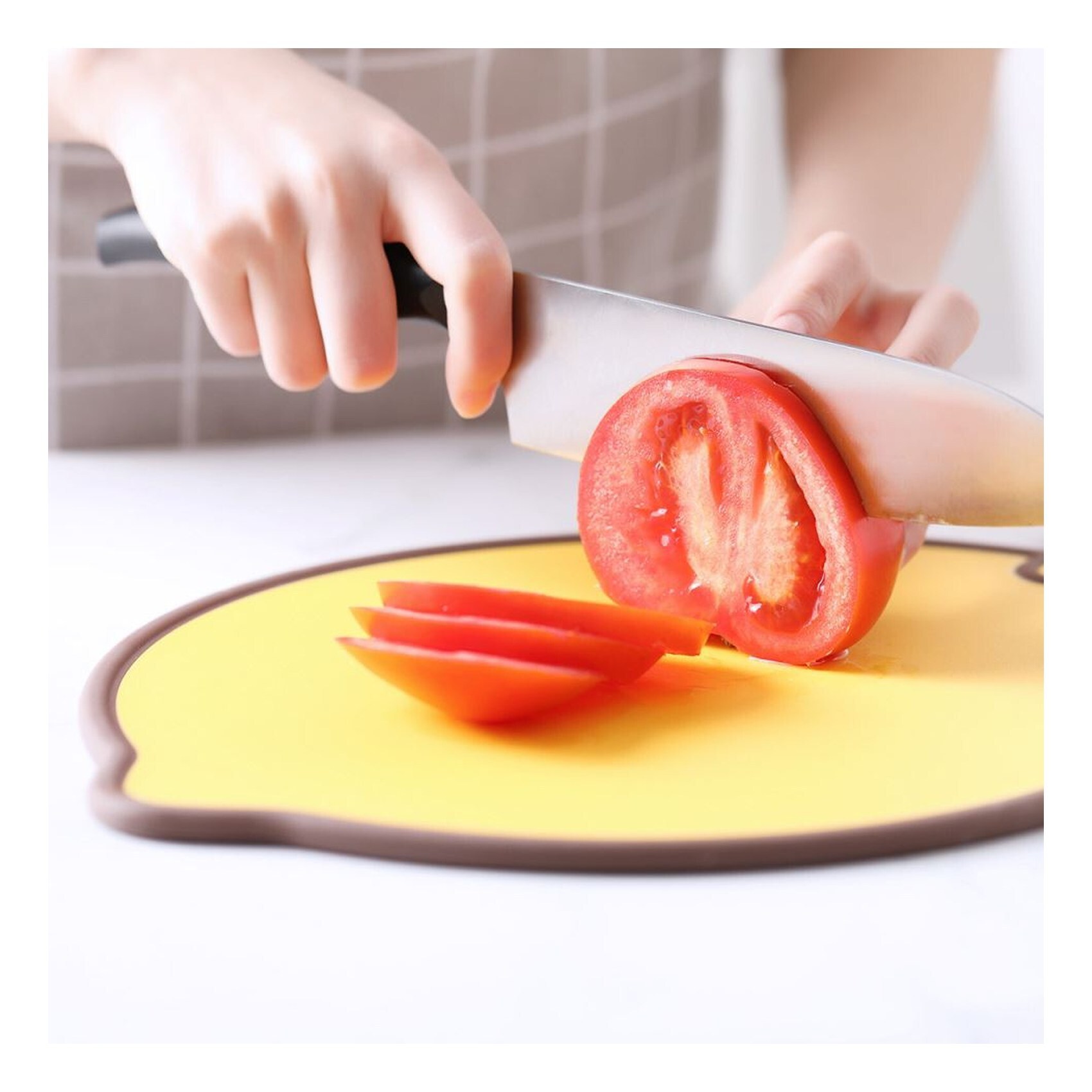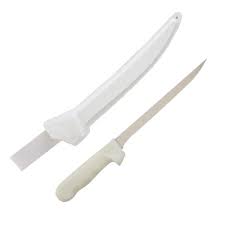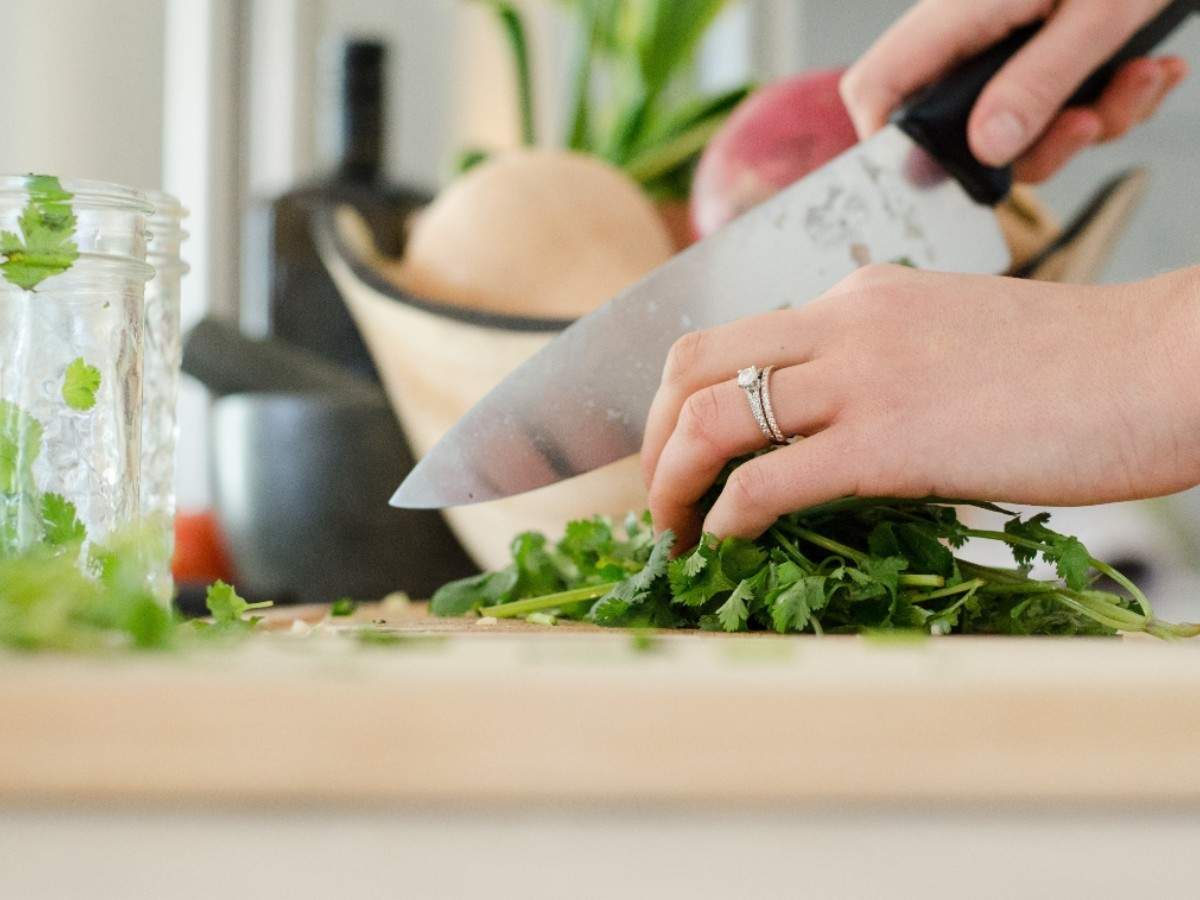In the realm of culinary craftsmanship, the tools you choose can significantly impact the outcome of your culinary creations. One dynamic duo that stands out in the kitchen is the Dexter Russell boning knife and a well-matched cutting board. In this blog post, we’ll explore the unique features of the Dexter Russell boning knife and the considerations for selecting the perfect cutting board, creating a harmonious partnership for precision cutting and culinary excellence.
Dexter Russell Boning Knife: Precision in Every Cut
Overview:
The Dexter Russell boning knife is a stalwart companion for any chef or home cook who values precision and flexibility in their cutting tasks. With a narrow, sharp blade and a flexible design, this knife excels in tasks that require intricate cuts, such as deboning meat and filleting fish.
Key Features
High Carbon Steel Blade: The high carbon steel blade ensures a razor-sharp edge and excellent durability.
Flexible Blade Design: The flexibility of the blade allows for seamless maneuvering around bones and joints, making deboning tasks effortless.
Ergonomic Handle: Dexter Russell knives often feature ergonomic handles, providing a comfortable grip for extended use.
Uses:
Deboning: Perfect for removing bones from meat, poultry, and fish with precision.
Filleting: The flexible blade is adept at filleting fish, ensuring minimal waste and maximum yield.
Maintenance Tips:
Regular Honing: Keep the blade sharp with regular honing using a sharpening steel.
Hand Washing: To preserve the knife’s longevity, hand wash it with mild soap and warm water. Avoid the dishwasher, as harsh detergents can damage the blade.
Cutting Board: The Solid Foundation
Choosing the Right Cutting Board
Material Matters: Opt for plastic cutting boards made of materials that are gentle on knife edges, such as wood or soft plastic. Wooden cutting boards are often preferred for their natural antibacterial properties.
Size and Thickness: Ensure the cutting board is large enough for your cutting tasks but still fits comfortably in your kitchen space. A thickness of around 1 to 1.5 inches provides stability.
Compatibility with Dexter Russell Boning Knife:
Gentle on Blades: The cutting board should be forgiving on the knife’s edge, preventing premature dulling.
Stability: A stable cutting surface ensures safety and precision during intricate cutting tasks.
Maintenance Tips:
Regular Cleaning: Clean the cutting board thoroughly after each use to prevent the growth of bacteria.
Wood Maintenance: If using a wooden cutting board, periodically treat it with food-grade mineral oil to maintain its integrity.
The Symbiosis: Dexter Russell and Cutting Board
Workflow Efficiency:
The Dexter Russell boning knife, paired with a suitable cutting board, creates a seamless workflow in the kitchen. The flexibility of the knife and the forgiving nature of the cutting board make intricate tasks a breeze.
Longevity and Precision:
Proper maintenance of both the knife and cutting board ensures longevity and sustained precision in your culinary endeavors.
Conclusion
The marriage of a Dexter Russell boning knife and a carefully chosen cutting board is a recipe for culinary success. Whether you’re a professional chef or a passionate home cook, investing in quality tools can elevate your cooking experience. With precision in every cut, this dynamic duo promises to be the cornerstone of your culinary journey. Happy slicing and dicing!




